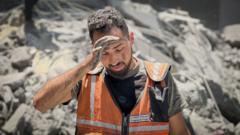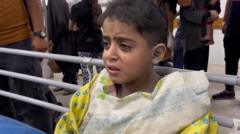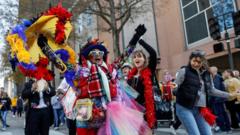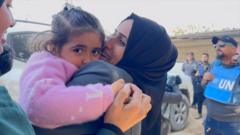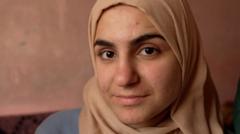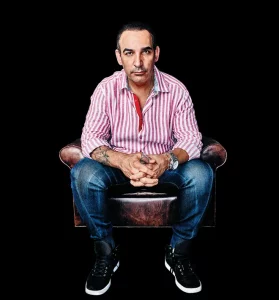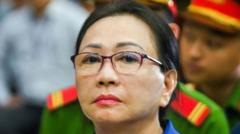My Lai, the site of one of the most brutal instances of American military action during the Vietnam War, is transforming its narrative. Survivors and locals emphasize resilience, focusing on lessons learned from trauma rather than letting hatred define their community.
Healing Through History: My Lai Village Embraces Resilience After Tragedy

Healing Through History: My Lai Village Embraces Resilience After Tragedy
The village of My Lai reflects on the grim past of the U.S. massacre while fostering a spirit of forgiveness and growth.
The strawberry ice cream stand at the entrance to the My Lai memorial unexpectedly contrasts with the somber environment marked by one of America’s most reprehensible wartime atrocities. Less than a mile away from the serene river, the site recalls a day of horror—the massacre of over 500 innocent people on March 16, 1968, perpetrated by U.S. soldiers. The surroundings remain hauntingly quiet, with only a few cars parked in the lot and a single large sign that provides a map of the event.
Nguyen Hong Mang, one of the few survivors, still vividly recounts the moment he greeted the soldiers with an innocent smile, heralding them as friends. Just moments later, tragedy struck as gunfire cascaded upon his community, killing friends and family. His survival, he says, was due only to the soldiers running out of bullets.
At the My Lai memorial, a site dedicated to honoring the victims, retelling such harrowing narratives reflects profound bravery. Unlike many war memorials that celebrate victory and valor, this site stands as a stark reminder of the tragedy that unfolded.
In addressing these collective scars, My Lai seeks to encapsulate the narrative of resilience. The community endeavors to impart wisdom about the power of forgiveness and the decision to move beyond hatred, ultimately shaping a narrative that does not solely revolve around pain but also highlights hope and healing. The locals illustrate a path to honor their past without becoming captives of their brutal history, suggesting ways to navigate the difficult terrain of memory and recovery.
Nguyen Hong Mang, one of the few survivors, still vividly recounts the moment he greeted the soldiers with an innocent smile, heralding them as friends. Just moments later, tragedy struck as gunfire cascaded upon his community, killing friends and family. His survival, he says, was due only to the soldiers running out of bullets.
At the My Lai memorial, a site dedicated to honoring the victims, retelling such harrowing narratives reflects profound bravery. Unlike many war memorials that celebrate victory and valor, this site stands as a stark reminder of the tragedy that unfolded.
In addressing these collective scars, My Lai seeks to encapsulate the narrative of resilience. The community endeavors to impart wisdom about the power of forgiveness and the decision to move beyond hatred, ultimately shaping a narrative that does not solely revolve around pain but also highlights hope and healing. The locals illustrate a path to honor their past without becoming captives of their brutal history, suggesting ways to navigate the difficult terrain of memory and recovery.



